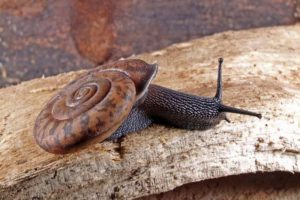
September is Biodiversity Month, so today we’re shining a light on the importance of biodiversity and the efforts being made protect and preserve Australia’s native flora and fauna.
Biodiversity describes the variety of life in an environment, and supporting the processes and systems that keep us all alive and well. Food, medicine, industrial products – even things as simple as clean air and water – all rely on biodiversity. Essentially, the more diverse and balanced an ecosystem is, the healthier it is – and the better equipped it is to cope with difficult conditions and support life.

According to the Australian Government’s Department of the Environment and Energy, over 80% of our plants and mammals and 45% of our bird species are unique, native species that can’t be found anywhere else in the world. Australia’s native species have evolved in such a specialised way that in the Kimberly region alone there are species of snail found on a handful of small, remote islands that don’t even occur on the Australian mainland, let alone in the rest of the world! The snails were discovered by a research team from the Australian Museum, who were surveying the area, one of Australia’s fifteen biodiversity hotspots.
Preserving biodiversity means working to stop habitat loss, which is one of the biggest global threats to biodiversity on a global scale. If plants and animals lose the environment they’ve evolved to suit, their survival is endangered. You can help protect biodiversity by creating a natural habitat in your own backyard – planting native plants, weeding, composting and being a responsible pet owner are all little things you can do to make your home a biodiverse one!

On a larger scale, Charles Sturt University’s own Institute for Land, Water and Society works together with other research institutions to study threats to biodiverity, as well as how to counteract them. A recent collaboration between Charles Sturt and Charles Darwin universities helped scholars determine how effective re-population and protection efforts are proving in an endangered bird species in the Cocos (Keeling) Islands. Other ongoing projects explore the potential for Indigenous land and fire management techniques to protect diverse native ecosystems from population decline and extinction.
For more on biodiversity:
- Try browsing Primo Search with keywords like “Australian biodiversity” and “threatened species”
- Check out this powerful photo essay from The Guardian
- Read up on these biodiversity protection tips from WIRES
- Explore the Australian Museum’s biodiversity resources
- Or contact us for help finding and using library resources